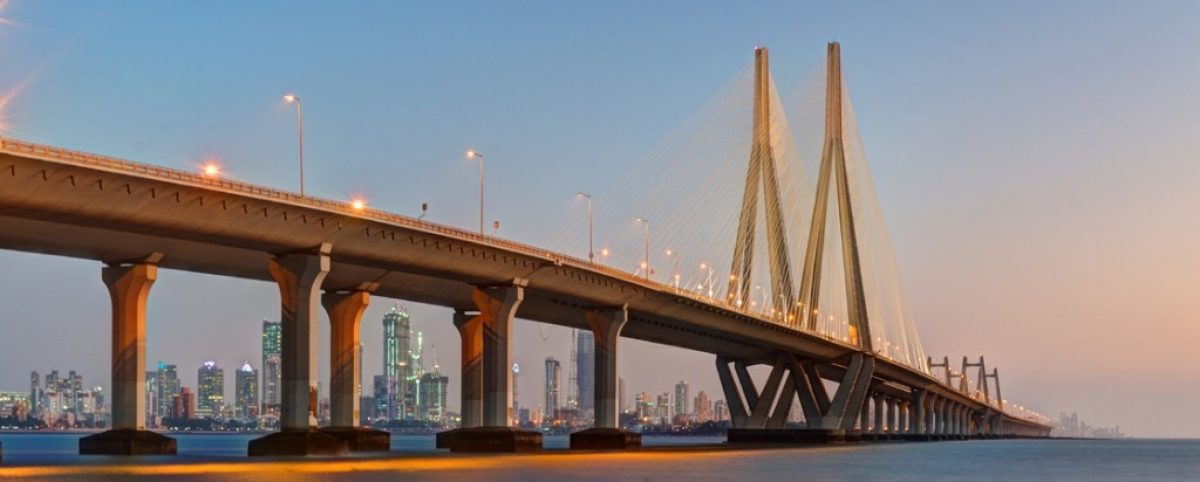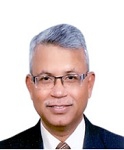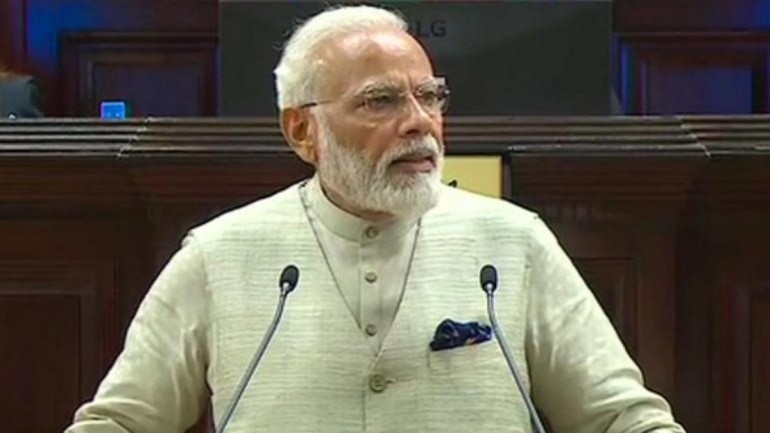One 12 June, I had the privilege of a one-on-one interview in Canberra with the Indian High Commssioner, Dr AM Gondane. Here is the first of a series of short extracts from that interview:

Dr Gondane: “Australian tariff rates are low and ours are at a higher level. There are differences and we know that Australia is a very open economy. It is natural for Australia to desire Indian tariffs to match the Australian model, but this will take time. We have actually made a lot of progress and opened more than 90% of our tariff lines for restarting the negotiations.
“There are some sticking points, but I think, with careful negotiation and goodwill, the free trade agreement could be reached. Because India’s tariffs are higher it will naturally take longer to get them down.
“Both Australia and India are negotiating the Regional Comprehensive Economic Partnership (RCEP) forum (meeting in Melbourne this week) which could be another avenue for increased trade.
“The RCEP provides good scope for commonality and the opening up of India and Australia economies – both are active in the RCEP,” the High Commissioner said.
The 15 Member countries of RCEP are Australia, India, China, Japan, Republic of Korea, Singapore, New Zealand, Malaysia, Indonesia, Brunei, Cambodia, Laos, Myanmar, Vietnam, Philippines. They are meeting in Melbourne this week.
Dr Gondane concluded with a wide ranging comment about the Indian Ocean region and pointed to Prime Minister Modi’s vision for the Indo-Pacific:

“The period of doubling of Indian economy has reduced and we can reach US $ 5 trillion within the next few years. We are already the fifth largest economy in nominal terms and third largest in purchasing power parity. That is why the Indian Prime Minister has elaborated on what is our conception of the Indo-Pacific. Australia is an important partner in the Indian Ocean. These two powers will be of great consequence in the next twenty years.”
















